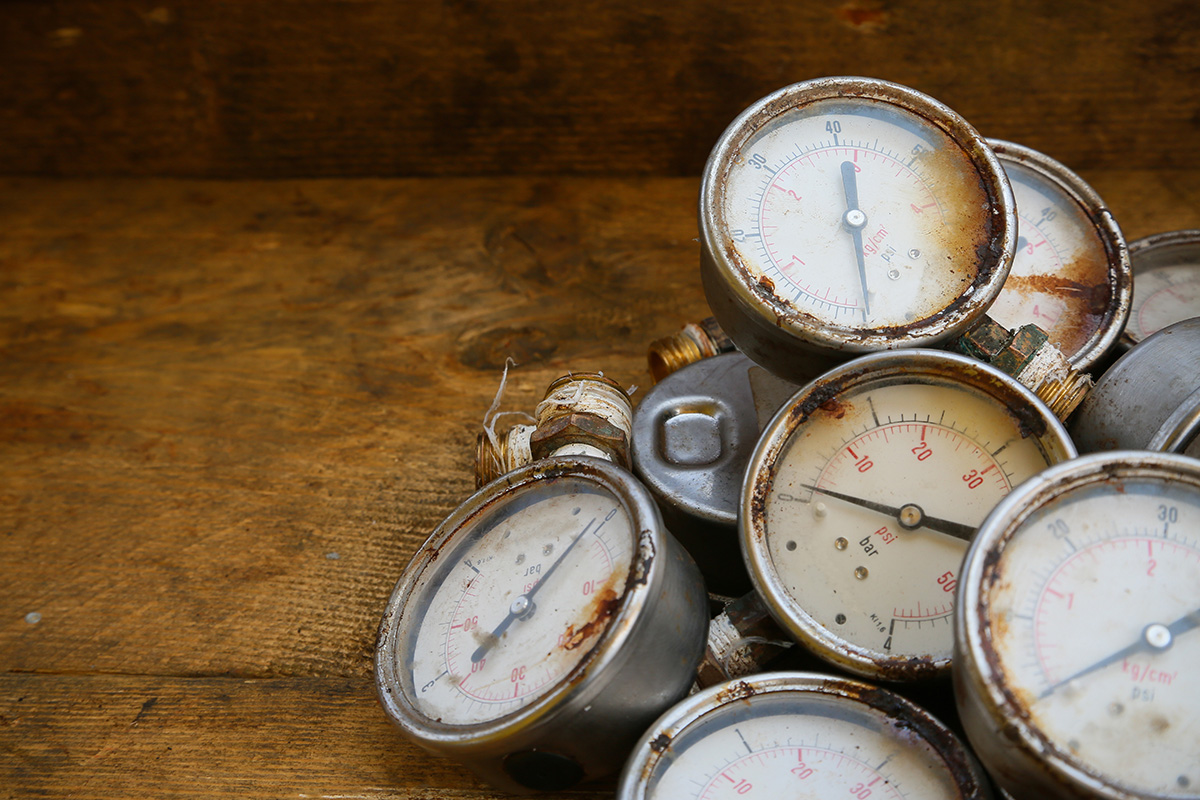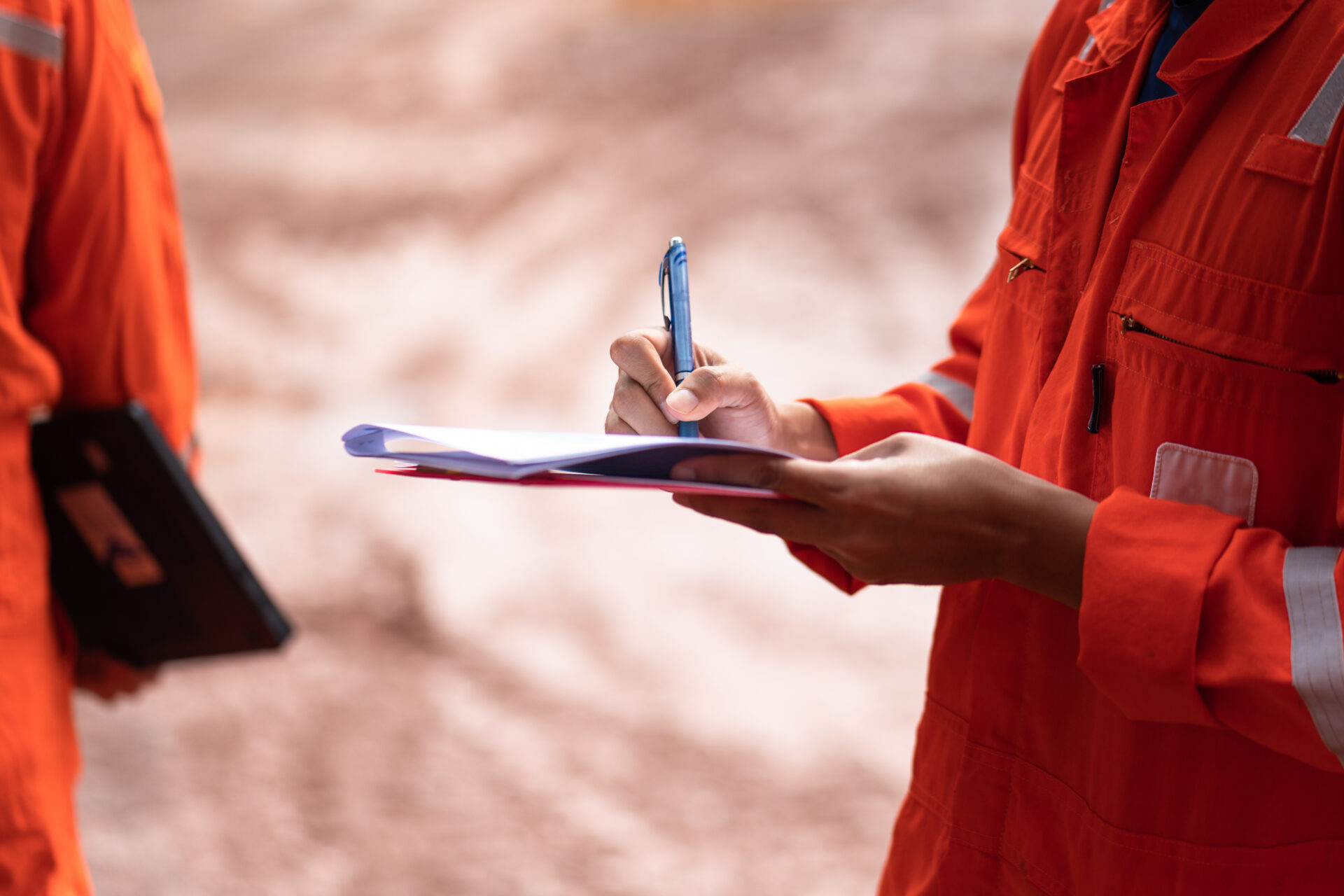Oil rig instrumentation is key when it comes to gathering real time data to measure performance, enforce safety protocols and manage production lines. When we consider oil rigging and oil extraction, accurate and timely data collection can hold the key to safer work procedures, cost efficiencies and long-term business growth.
Process instrumentation is a collection of equipment that is used in the oil extraction activities, or any process industry, used to make these measurements. This includes pressure gauges, weighing equipment, pressure sensors and various types of molded cables. With respect to the oil industry, it often becomes a central concern because of the dangers of excavating oil.
Process Instrumentation in the Oil and Gas Industry
Oil extraction is one of the riskiest industries throughout the commercial sphere. We don’t need to look far to realize that even the slightest error in measurement can lead to colossal damage in the form of explosions, fires and oil spills that take years to recover from. Whenever we look at the accidents at oil rigs—such as the Deepwater Horizon explosion or the Haven oil spill of 1991—we realize that they were all caused by some form of oil rig instrumentation failure.
The high pressures, extreme temperatures and the chemical nature of the fuels being extracted must all be closely monitored if we are to make the industry safer. It is only through the use of highly-sensitive and durable instruments can we ever pre-empt and prevent possible accidents during the exercise.
How Does Process Instrumentation Help?
The fundamental role of oil rig instrumentation is to pass on information to drill operators about how the extraction process is coming along. These sensors and gauges provide all sorts of information to the drillers, which might indicate rigging failures, mistakes during the excavation process and helps them devise strategies to minimize the associated risks.
Essentially, these gauges and sensors are responsible for making sure that nothing goes wrong during the process. They provide the guidance needed to meet industrial requirements, assess possible technical problems that often arise during excavation and above all else—might be the difference between life or death for the people on the rig.
Common Reasons for Oil Rig Instrumentation Failure
Oil rigs are exposed to extreme conditions when they hit the oil reserves under the ground and while they’re digging. The deeper you go, the higher the pressure your equipment must withstand. As a general rule, pressure increases by 25 bar every 100 meters and the temperatures are as much as 130C at the bottom of an oil well. Moreover, considering the fact that an average oil rig weighs about 17000 tons—you don’t get heavier equipment than this.
These considerations only point to the importance of having accurate measurements for the various metrics like temperature, pressure, torque and weight distributions at all points of the drilling process. Failure to do so might result in immense destruction and financial losses. This only highlights the role of having fully functional, high-quality instrumentation on board and knowing under what conditions they can malfunction. As such, some of the common reasons oil rig instrumentation fails are:
1. Extreme Temperatures
Low or high temperatures both can cause instrumentation failure unless you’re investing in equipment that is designed to withstand extreme conditions. This is usually a problem when you’re drilling in places like the Arctic Circle where the temperature is usually below freezing or sometimes at the ocean floor where near freezing temperatures might force equipment failures.
2. Mechanical Vibrations
Your instrumentation will also malfunction when exposed to the high frequencies of vibrations—which is often the case at oil rigs. These vibrations might damage sensors, gauges or sometimes change their calibration settings so you won’t get accurate readings to contain possible accidents.
3. Corrosion and Rust
Your gauges are also exposed to a lot of corrosive materials and gases. In the event of a blowout or if these gases leak back into the annulus containing the drill thread, they corrode through the sensors and you will need to replace them. Furthermore, lack of maintenance and the accumulation of rust can cause the gauges to malfunction too.
4. Inappropriate Applications
When you’re installing pressure gauges or weight measurement equipment, you have to use instruments that can bear the loads which will inevitably be placed on them. Sometimes, inexperienced handlers can use the wrong gauges which can’t measure or detect values at certain magnitudes. This can cause errors in measurements and possible equipment failure.

Executing a Commissioning Plan for Process Instrumentation
The testing and commissioning phase is critical for any company that uses process instrumentation equipment. The final product must meet industry needs, along with the required specification of the project or process. A well-thought-out plan enhances the chances of a successful installation within pre-set timelines. Plus, you can benefit from increased customer satisfaction and lower supplier costs.
Here’s your guide to designing and executing a project specific commissioning plan smoothly:
Plan Development
The plan should start with a draft of all the milestones and requirements of the project. All details of the systems procedures, documentation and testing responsibilities, and assembly-specific information should be prepared at this stage.
Using this information, a list of all the equipment and systems is prepared. Documents must verify that all equipment is being installed and used according to the manufacturer’s recommendations.
Plan Execution
Once all reviews and revisions of the draft are complete, a final version is developed which needs to be executed. Many tasks will need to be done in parallel, so it’s essential that a qualified project manager is on the task. A good practice at this stage involves carrying out pre-testing, which reduces the risk of failure after installation.
Regular meetings and communication are essential to ensure any complications are addressed as early as possible.
Plan Completion and Training
After the plan is executed, another round of testing and inspections takes place. Electrical and functional testing is carried out to ensure that each component is working properly on a standalone basis as well as when it’s a part of a system.
Once testing is done, the customer staff need to be trained about the process instrumentation equipment. A comprehensive training plan may include both classroom knowledge and practical work.
Deliverables and Hand-Over
Once the project or facility is complete, all documents and paperwork are reviewed by the customer and contractor. The two parties go over the list of deliverables to ensure all needs have been met, and then all documentation is handed over to the client. As long as there are no major hiccups, a well-designed commissioning plan will ensure thorough and on-time execution.

Oil Rig Instrumentation Technology: The Three Most Important Instruments
Drilling techniques used for the exploration, extraction, and production of oil and natural gas have evolved immensely since the nineteenth century.
Most of these innovations were driven by the highly technical nature of this process. Drilling for crude oil, for example, can be highly corrosive for the equipment being used. This is why steel is usually used, since it has high rust resistance, and is also quite strong and durable.
The next important thing to consider is the type of equipment you are using. Because of the technical aspects of the oil and gas industry, you need to make sure the equipment you’re using is accurate and helps increase the efficiency of the process.
Take a look at some of the instruments that experts agree are the most important parts of any drilling rig:
1. Electronic Gauges
Working in oilfields involves jobs that deal with high-pressure gases and liquids. These can be quite dangerous for operators and can put them in jeopardy if they don’t have the correct equipment. Electronic gauges contribute toward increased safety for workers by helping minimize high pressure levels in the lines. They are also equipped with various alarms and options for cutting off the output of high-pressure pumps.
2. Custom Cables
The cables that are used in oil rigs are often exposed to harsh conditions such as extreme temperatures, mud, mechanical stress, and moisture. Custom cables are created using specifically engineered molds and molding processes to facilitate drilling rigs. They can withstand extreme pressures and are long-lasting due to the techniques used while manufacturing them.
3. Hydraulically Operated Weight Indicator Systems
A good weight indicator system is essential for an accurate reading on drill rigs. Hydraulic weight indicator systems are user-friendly and low-maintenance. They provide accurate and reliable readings on weight, compression and tension. They are also quite strong and durable. They can withstand the enormous pressures of rig systems and can be used for various applications on the rig such as intervention, well workovers, tool protection, and floor block applications. Hydraulically Operated Weight Indicator Systems can also prevent issues such as line tension and come in a variety of size and style options such as bulk tank, coil tubing, midget, and differential.

Get High-Quality Drilling Instrumentation from Contact Instruments
Contact Instruments is a premier provider and manufacturer of high-quality and unique drilling rig instrumentation based in Leduc, Alberta. We provide the drilling rig services in America and Canada with a wide array of custom products including deflection weight indicators, tong line pull indicating systems, tong torque gauges, electronic gauges, coil tubing gauge, and trash pump parts.
Contact us today for all your drilling rig instrumentation needs on or off-site.
